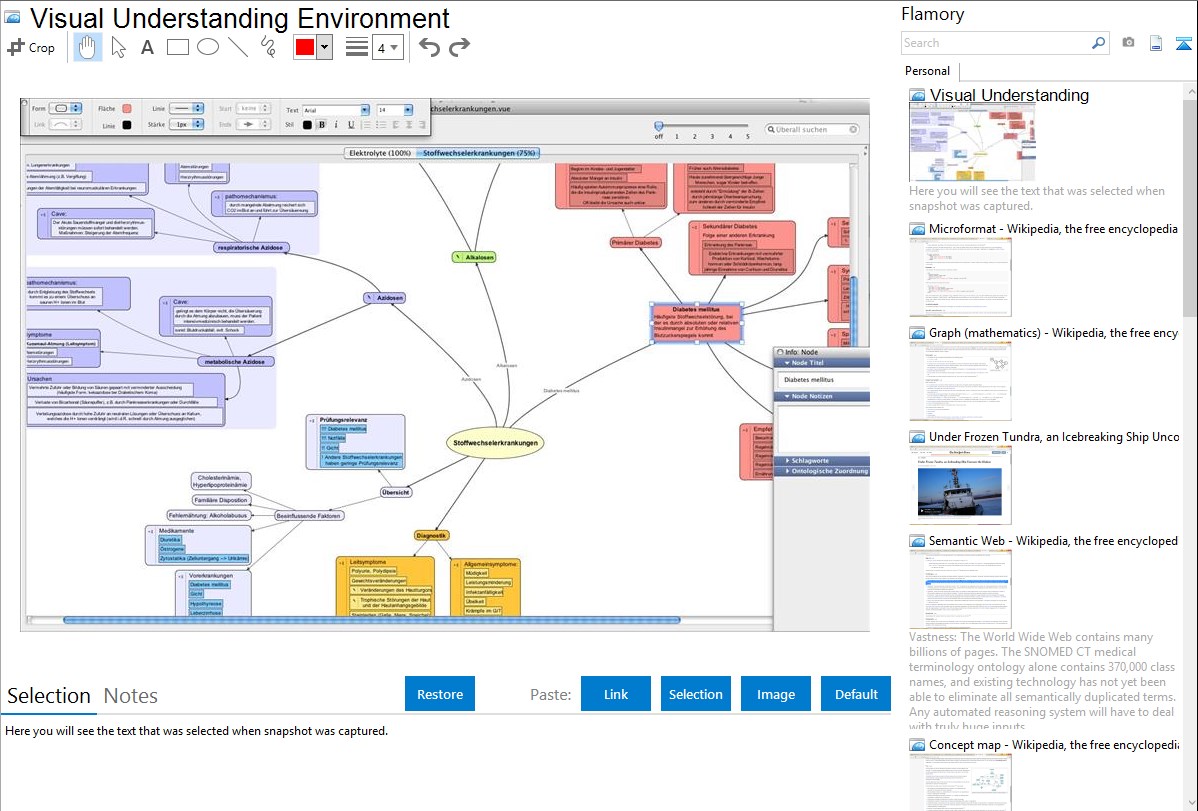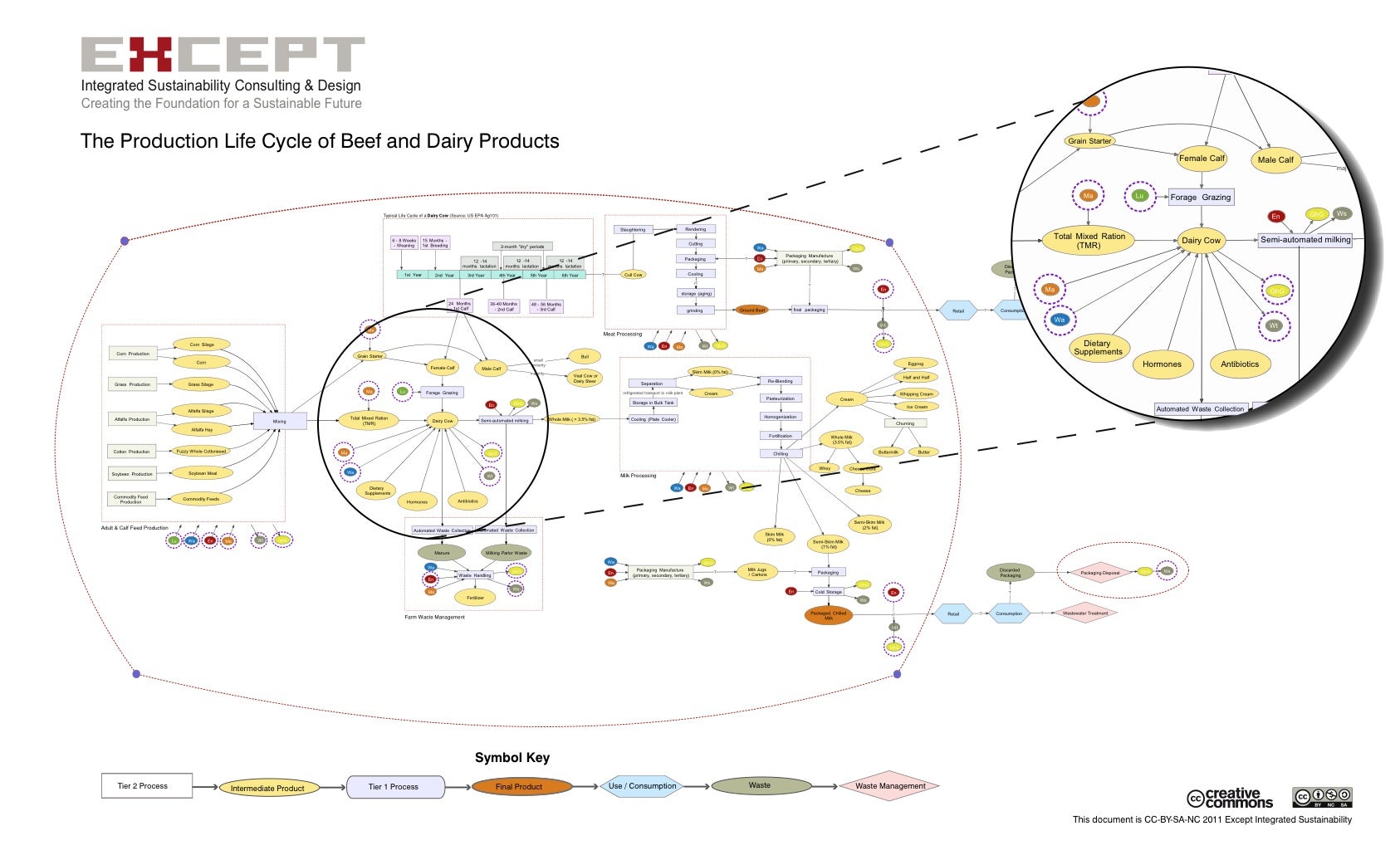


- #Using visual understanding environment layers how to
- #Using visual understanding environment layers download
But of course, you can opt to set and change the Mark Type of each layer. You can change the Layer properties of an individual measure or all measures in your visualization.īy default, the Mark Type of your visualization will be set to Automatic - based on your configuration, Visual Explorer will try to figure out what is the optimal mark to display. Layers are an integral part of visual analysis because they allow you to add further context and detail to your visualizations. The new dimension divides the visualization into 10 panes, one for each combination of YEAR(order_created_date) and region_name. Think of this as equivalent to GROUP BY with multiple fields in SQL. Nesting is a way to compare within a dimension’s values (rather than against them) and helps break down metrics across dimensions within the same plot. Once you add multiple Dimensions to your Columns or Rows, your visualization will begin to nest and display facets. There you can find possible visualizations you can build as starting points for your exploratory analysis.
#Using visual understanding environment layers how to
By default, every measure is plotted in its own pane because each measure introduces a new layer.Ĭheck out our Visual Explorer field guide for a walkthrough on how to create visualizations in the Visual Explorer. This is useful for numeric data that’s already meaningful without any aggregation.įrom here, you can continue to add additional Measures to your visualization if you wish. You can also choose to manually disaggregate Measures, if you want to plot specific data points on a continuous range. Measures are automatically aggregated by default when added to visualizations. Doing so, groups your visualization by categorical values, which helps you break down your data to better understand certain trends.įrom there, you can drag and drop or use the type ahead search to add a Measure to your Rows or Columns. If you have a multi-dimensional dataset, adding a Dimension to your Columns or Rows is a powerful starting point to begin slicing your data.
#Using visual understanding environment layers download
How to create Solar Curves in Photoshopįor your convenience we’ve also made the automated action to create these visual aid layers available for you to download and use in our Downloads section.For those who want to explore their data visually, Visual Explorer is a more flexible and powerful alternative to our “fixed view” Quick Charts.How to create grouped layers in Photoshop.How to optimize your retouching workflow in Photoshop.In this Photoshop class we cover the following: This short but effective class will help you create your own visual aid layers, which you’ll be able to use time and time again to speed up your retouching workflow. Working through each layer individually, Viktor also provides a thorough explanation of each layer and its purpose. In this Photoshop class Karl and Viktor sit down to show you, step by step, how to create the visual aid layers that Viktor uses throughout this course. After working through the previous classes you’ll have seen just how useful visual aid layers can be in the retouching process.


 0 kommentar(er)
0 kommentar(er)
